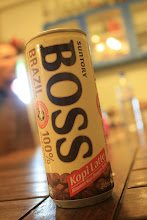
Send off.
Over the course of the last month, preparations for our return home has made life complex and, on occasion, stressful. Between all the administrative tasks, farewell meals, and souvenir collection, life had to be packed up into the confines of two bags at 45 kilograms each. Since the accumulation of new clothes, memories, and random accessories far exceeded the standard checked baggage requirements, anything not immediately needed upon returning home had to be mailed via cargo ship post. No matter how many boxes were shipped prior to departure, the task of loading each bag to the required weight was more than daunting. In summary, moving away is less stressful than moving home.








































